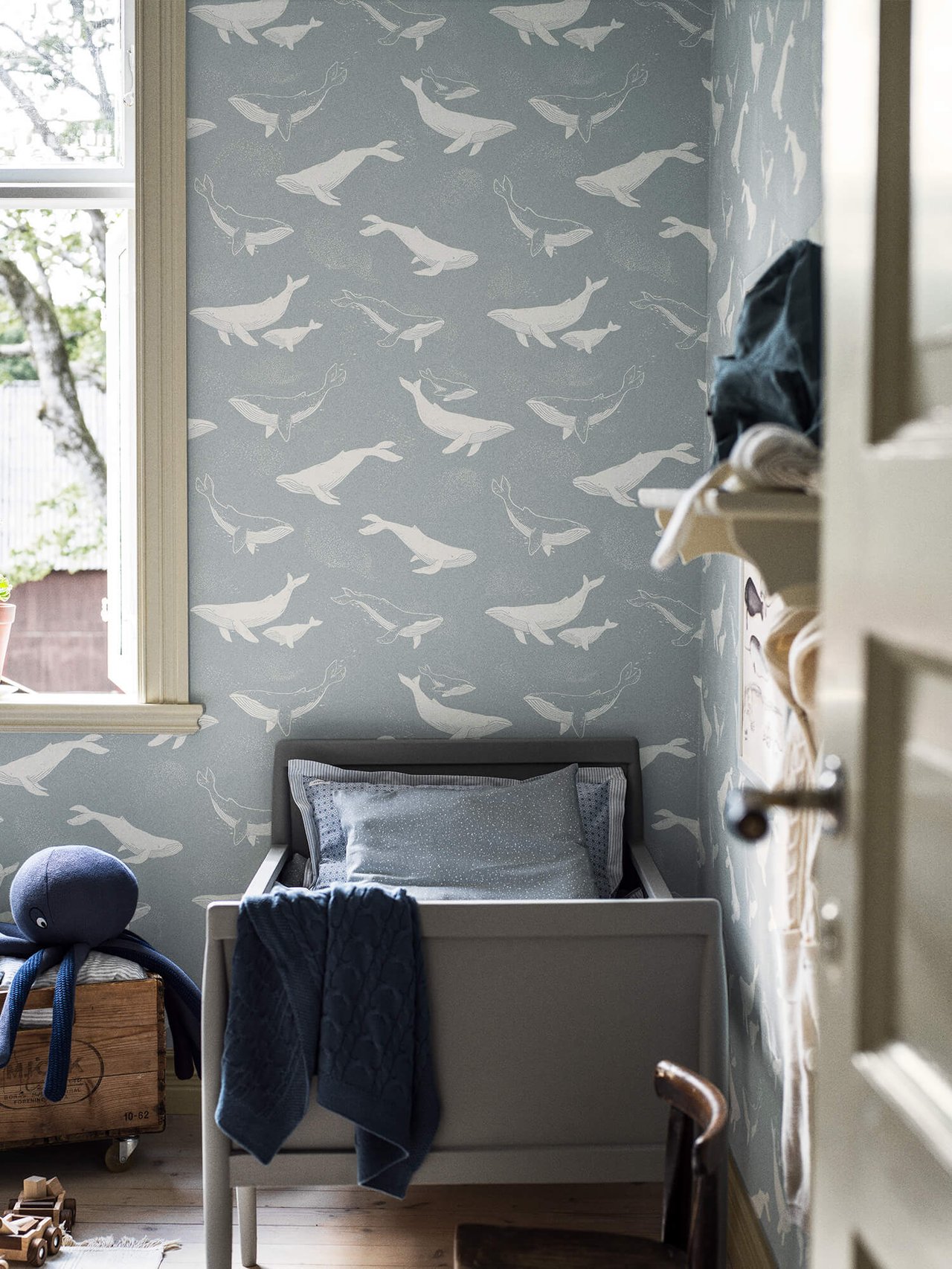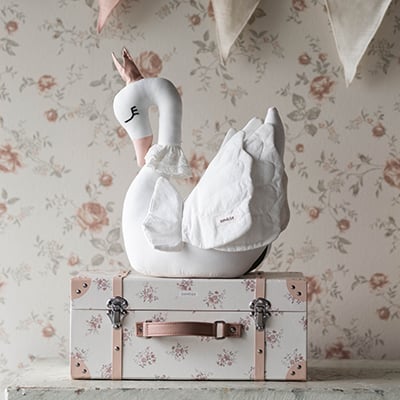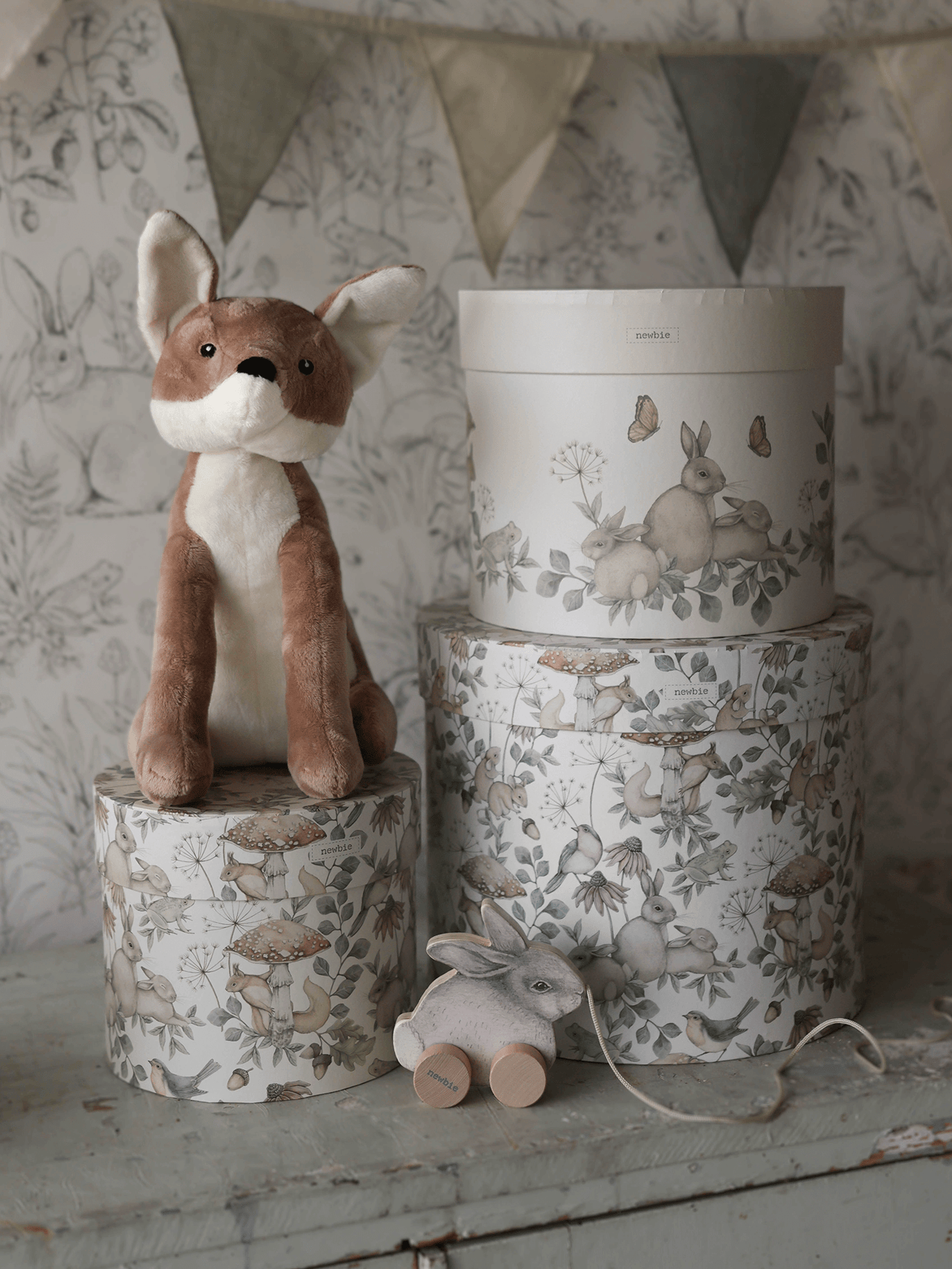- Guides
- Newbie Wallpaper
- How to hang wallpaper
How to hang wallpaper

Before you start:
Counting the number of rolls you need when putting up wallpaper is a crucial step in ensuring you have enough material to complete your project without unnecessary waste. Here's a step-by-step guide to help you determine the number of rolls required:
- Measure the Wall(s): Measure the height and width of the wall or walls you plan to wallpaper. Measure both the full height and width, even if the wallpaper has a pattern repeat, as you'll need to account for this.
- Calculate the Total Wallpaper Area: To find the total area to be covered, multiply the height by the width. For example, if your wall is 2.5 meters (250 cm) in height and 4 meters (400 cm) in width, the total area is 10 square meters (250 cm x 400 cm).
- Account for Pattern Repeat: If your wallpaper has a pattern with a repeat, you'll need to take this into consideration. For instance, if the pattern repeat is 30 centimeters, you must add this to the width before calculating the total area. In the example above, if the pattern repeat is 30 cm, you'd have to measure as if the width is 430 cm (400 cm + 30 cm) and recalculate the total area.
- Consider the Number of Strips per Roll: Check the label on the wallpaper rolls to see how many strips (also called drops or lengths) each roll can cover.
- Divide the Total Area by the Coverage of Each Roll: If one roll covers 3 strips, and your total area is 10 square meters, you'll need at least 4 rolls (10 square meters ÷ 3 strips per roll = 3.33 rolls, round up to 4 rolls).
- Add Extra for Allowance: It's a good idea to purchase an extra roll or two for contingency. An additional roll is typically recommended.
By following these steps, you can accurately calculate the number of rolls needed to complete your wallpaper project.
Essential Tools:
Gathering the right tools is paramount for a smooth installation. You'll need items such as a spirit level, wallpaper brush, a utility knife, and a cutting mat. These tools will ensure that your Newbie Wallpaper adorns your walls perfectly.


Step by step:
Step 1. Measure for the First Wallpaper Strip:
As in all craftsmanship, the preparation is crucial. Fill and sand as necessary to avoid any annoyance with imperfections later on. Start from the room's most prominent corner. You'll first hang wallpaper in one direction, then in the opposite direction. This way, any minor mistakes in pattern alignment won't be noticeable. It's important to ensure that the first strip is straight. Always use a spirit level to mark a vertical line approximately 53 cm in from the wall, which is the standard width of our wallpaper strips.
Step 2. Paste Near the Ceiling and Skirting Boards:
When working with our EasyUp wallpapers, you apply the adhesive directly to the wall and then hang your wallpaper. Begin by applying adhesive with a brush near the ceiling and skirting boards. Don't worry about getting glue on the boards; it can easily be wiped off with a damp cloth once the strip is in place.
Step 3. Roll the Wall with Adhesive:
Roll the wall with adhesive. Try to distribute the adhesive evenly over the surface, ensuring that you go all the way to the edges. Imagine that you're applying adhesive for about 1.5 strips at a time to avoid measuring and dealing with glue while the strip is on the wall. If you find that there's a lack of adhesive in any area, you can lift the wallpaper and add more where needed. You can often adjust the wallpaper for a considerable time after hanging it on the wall.
Step 4. Attach the First Wallpaper Strip:
Place the wallpaper roll in a holder or tray on the floor, but it's just as good without one if you have a clean floor. Pull the first strip up towards the ceiling and lightly secure it at the top. Then, check against your marked vertical line or use a spirit level to ensure it's straight. Press the upper part of the strip firmly in place and trim it at the ceiling skirting board.
Step 5. Smooth Out the Wallpaper Strip:
Smooth out the rest of the strip with a wallpaper smoother, working from the middle upwards, from the middle downwards, and finally along the edges. Remember to wipe off any adhesive residues from your wallpaper smoother after each strip to avoid getting glue on the wallpaper.
Step 6. Cut the Wallpaper at the Bottom:
Press down the edge and use a wallpaper knife to cut the wallpaper at the skirting board. Remember to use a sharp blade and change blades often for neat edges. Don't forget that each blade has four sides.
Step 7. Pattern Matching:
Repeat the process from step 4. Pay close attention to pattern matching for subsequent strips if your wallpaper has a pattern. You can find information about this on the label of the wallpaper roll.
Step 8. Remove Glue Residue:
Remove any adhesive residues on the wallpaper with a damp sponge. Our wallpapers are not sensitive to water. So, don't be afraid to use plenty of water here; the wallpaper can handle it. Always wash between each strip.